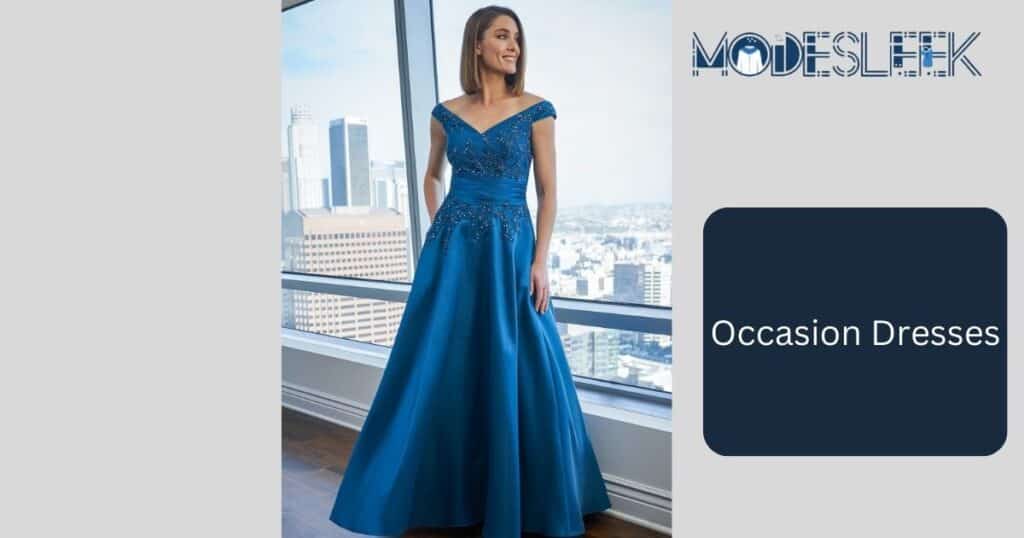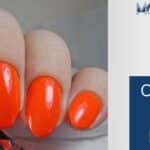Selecting the right attire for an event can sometimes feel daunting, especially when the occasion is significant. Whether it’s a formal gala, a cocktail party, or an important wedding, choosing the perfect occasion dress is key to making the right impression. Occasion dresses are designed to elevate your appearance, match the formality of the event, and make you feel both stylish and comfortable.
In this comprehensive guide, we’ll walk through everything you need to know about occasion dresses—from understanding their importance, to exploring different types, dress codes, and styling tips that ensure you always stand out. We’ll also explore the rich history and culture behind some of these occasions and the fashion trends that define them.
Understanding Occasion Dresses
An occasion dress is more than just a stylish outfit; it’s a thoughtfully chosen garment designed to match a specific event or gathering. These dresses often feature sophisticated designs, luxurious fabrics, and flattering cuts that make them ideal for special gatherings. Wearing the right occasion dress not only boosts your confidence but also enhances the overall experience of the event.
What Makes an Occasion Dress Special?
Occasion dresses are distinct from everyday wear due to their unique features, fabrics, and tailoring. They are often created with special attention to detail, which makes them stand out. Here are some elements that set occasion dresses apart:
- Intricate Designs: Unlike casual dresses, occasion dresses may feature elaborate embellishments such as beading, lace, embroidery, sequins, or intricate draping. For instance, an elegant floor-length gown for a black-tie event might include shimmering beads or delicate lace that exudes elegance.
- Luxurious Fabrics: High-quality materials such as silk, chiffon, satin, velvet, and lace are often used to craft occasion dresses. These fabrics not only elevate the dress’s appearance but also offer comfort and durability for longer events. For evening events, shiny fabrics like satin reflect light beautifully and add an aura of sophistication.
- Tailored Silhouettes: Occasion dresses come in a variety of silhouettes that are tailored to flatter different body shapes. Whether you prefer a form-fitting mermaid silhouette or a flowing A-line gown, there’s an occasion dress for everyone.
The level of detail, premium materials, and tailored designs make occasion dresses the perfect choice for high-profile events such as formal galas, cocktail parties, black-tie events, and weddings.
The History of Occasion Dresses
The concept of occasion dresses has been around for centuries, with their origins tied to the social and cultural norms of different eras. Historically, formal attire was often a reflection of one’s social status, wealth, and role in society.
- The Victorian Era: During this time, women wore elaborate ball gowns with full skirts and corseted waists to formal events. These dresses were often made of silk and velvet, adorned with lace and intricate embroidery. The dress code for each event was strictly followed, and it was not uncommon for women to have a different dress for each major event of the season.
- The 1920s: The roaring twenties introduced the cocktail dress, a shorter dress designed for semi-formal events like cocktail parties. These dresses were often embellished with fringe, sequins, and beads to reflect the energetic and festive spirit of the time.
- The 1950s: Post-war fashion saw the rise of the A-line silhouette, which became popular for wedding guest dresses and holiday parties. These dresses were often knee-length with full skirts and cinched waists, designed to accentuate a woman’s figure while maintaining modesty.
In modern times, occasion dresses have evolved to include a wide range of styles, fabrics, and lengths that cater to the diverse needs of today’s fashion-conscious individuals. Whether you’re attending a casual event or a formal black-tie gala, there’s an occasion dress designed to make you look and feel your best.
Why Dressing for Special Occasions Matters
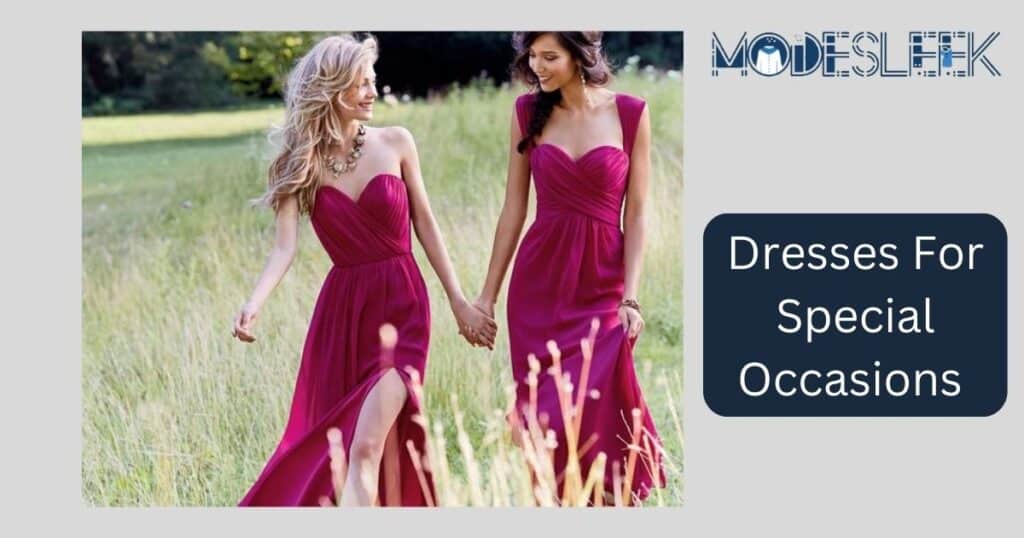
Dressing appropriately for a special occasion is about more than just following a dress code—it’s a way of showing respect to the event, its hosts, and fellow guests. The way you dress for an event can have a significant impact on your overall experience, from how you feel to how others perceive you.
A Reflection of Respect and Courtesy
When you choose the right occasion dress, you’re acknowledging the importance of the event and the effort that has gone into organizing it. For instance, attending a wedding in formal attire demonstrates respect for the couple and the significance of their big day. Conversely, underdressing for a formal event like a black-tie gala could be perceived as disrespectful or inconsiderate.
Dressing according to the event’s dress code also shows that you understand and appreciate the formality of the occasion. If the invitation specifies cocktail attire, arriving in a casual sundress could signal that you didn’t take the event seriously.
Enhancing the Event Experience
The right occasion dress contributes to the overall atmosphere of the event. When guests adhere to a specific dress code, it helps create a cohesive and polished look, making the event feel more elegant and special. For example, a room full of guests dressed in luxurious evening dresses at a black-tie event adds to the sense of grandeur and sophistication.
Moreover, wearing an appropriate dress can enhance your own experience by making you feel confident, comfortable, and stylish. When you feel good about how you look, it’s easier to enjoy the event and engage with other guests.
Expressing Personal Style
While following a dress code is important, there’s still room for personal expression in your choice of occasion dress. For example, at a cocktail party, you might opt for a bold, colorful dress that reflects your personality while still adhering to the event’s guidelines. Alternatively, you could choose a classic black dress and add your own twist with statement accessories, like a pair of chandelier earrings or a metallic clutch.
Personal style plays a big role in how you present yourself at special events. Finding a dress that makes you feel confident and stylish while staying within the event’s guidelines allows you to showcase your individuality without compromising appropriateness.
Dressing Up: What It Really Means
When we think of dressing up, we often envision putting on something special—an outfit that goes beyond our everyday wardrobe. Dressing up for a formal event involves more than just picking out a dress; it’s about creating an entire look that reflects the event’s theme, formality, and your own sense of style.
Here’s a closer look at the elements involved in dressing up for different types of occasions:
Understanding Dress Codes
Different events come with different levels of formality, and understanding the event’s dress codes can help you choose the appropriate attire. Here’s a breakdown of the most common dress codes you might encounter:
- Casual Events: For casual gatherings like family get-togethers, birthday parties, or office events, a simple but stylish casual dress is appropriate. A knee-length dress or a sleeveless dress made from lightweight fabrics like cotton or linen works well for these types of events.
- Cocktail Events: For cocktail parties or semi-formal events, a cocktail dress is typically required. These dresses are usually shorter and more playful than formal gowns, making them perfect for socializing and dancing. A midi dress or a knee-length cocktail dress in a bold color or pattern is a great choice.
- Formal Events: Black-tie events, gala dinners, and red carpet events call for more formal attire. For these occasions, a formal gown or floor-length dress is essential. These dresses are often made from luxurious fabrics and feature intricate designs that exude elegance and sophistication.
| Dress Code | Description | Suitable Events |
|---|---|---|
| Casual | Comfortable, relaxed attire like sundresses or shift dresses | Office parties, family gatherings |
| Cocktail Attire | Stylish, shorter dresses, typically knee-length or midi | Cocktail parties, holiday parties |
| Black-Tie | Formal, floor-length gowns, dark suits for men | Weddings, galas, red carpet events |
| Creative Black-Tie | Allows for more creativity while still remaining formal | Arts events, fashion shows |
| Semi-Formal | Elegant but less formal than black-tie, usually midi dresses | Rehearsal dinners, business events |
Dressing for the Occasion
Dressing up also involves matching your attire to the specific event you’re attending. Here are some factors to consider when choosing your occasion dress:
- Event Setting: The location of the event plays a big role in determining what type of dress is appropriate. For example, a cocktail party on a rooftop might call for a chic, sleeveless cocktail dress, while a formal charity gala in a grand ballroom would require an elegant floor-length gown.
- Time of Day: Daytime events generally call for lighter fabrics and more casual attire, while evening events often require darker colors, heavier fabrics, and more formal silhouettes.
- Seasonality: Different seasons bring different fashion trends and fabric choices. For a summer event, lighter, breathable fabrics like cotton or chiffon are ideal. In the winter, you may opt for formal dresses made from velvet, wool blends, or satin to keep warm while still looking chic.
Examples of Dressing Up for Specific Occasions
- Summer Weddings: A summer wedding calls for light, airy fabrics that will keep you cool while still looking elegant. Opt for a midi dress or a floor-length dress in a soft pastel color, paired with strappy sandals and a wide-brimmed hat for outdoor ceremonies.
- Black-Tie Events: A black-tie event requires a more formal look, so a floor-length gown in a rich fabric like satin or silk is the best option. Pair it with high heels, sparkling jewelry, and a small clutch to complete the look.
- Cocktail Parties: For a cocktail party, a knee-length cocktail dress in a bold color or with intricate detailing will make a statement. Pair it with a pair of elegant heels and a metallic clutch for a polished, party-ready look.
Popular Dress Silhouettes for Different Events
One of the most important aspects of choosing an occasion dress is selecting the right silhouette for your body type and the event. Here are some popular dress silhouettes and the types of events they’re most suited for:
- A-Line Dresses: This silhouette is fitted at the waist and gradually flares out toward the hem, creating a flattering shape that works for a wide range of body types. A-line dresses are versatile and can be worn to everything from casual events to formal occasions.
- Mermaid Dresses: The mermaid silhouette hugs the body from the chest to the knees and flares out at the bottom, creating a dramatic and elegant look. This style is ideal for black-tie events or formal galas.
- Sheath Dresses: A sheath dress is a form-fitting silhouette that follows the body’s natural shape without any flaring. This classic and sophisticated style is perfect for cocktail parties or holiday events.
| Dress Silhouette | Description | Best For |
|---|---|---|
| A-Line | Fitted waist, flared hem; flattering on most body types | Weddings, parties, semi-formal events |
| Mermaid | Fitted to the knees, flares at the hem; dramatic and elegant | Formal events, black-tie galas |
| Sheath | Form-fitting silhouette; follows the body’s natural shape | Cocktail parties, formal dinners |
| Ball Gown | Fitted bodice, full skirt; traditional and grand | Weddings, galas, red carpet events |
| Empire Waist | High waistline, flares below the bust; elongates the body | Baby showers, summer events |
Occasion Dresses for Different Seasons
When selecting an occasion dress, it’s important to consider the time of year and the weather. Dresses that work well for a summer event might not be appropriate for a winter gala. Let’s take a look at how seasonal considerations affect your dress choices.
Spring Dresses
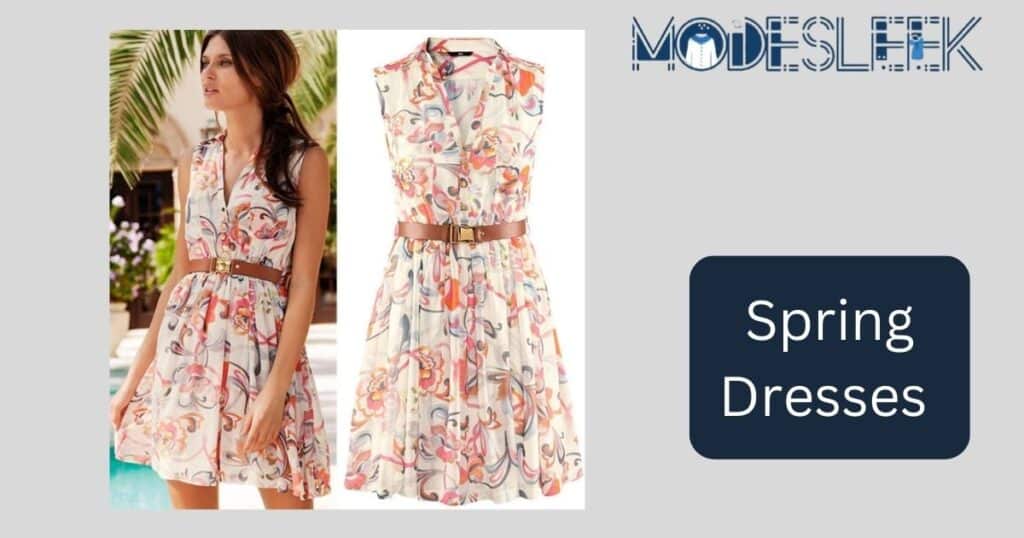
Spring dresses are typically lightweight, flowing, and made from fabrics like chiffon or silk that complement the fresh, airy feel of the season. Pastel colors, floral prints, and lace are popular choices for spring events. Whether you’re attending a wedding, a baby shower, or an outdoor party, spring dresses should be elegant yet comfortable.
Spring weddings often call for midi dresses or tea-length dresses in soft pastel colors. These styles offer a delicate, romantic vibe that’s perfect for the season’s festive atmosphere.
Summer Dresses
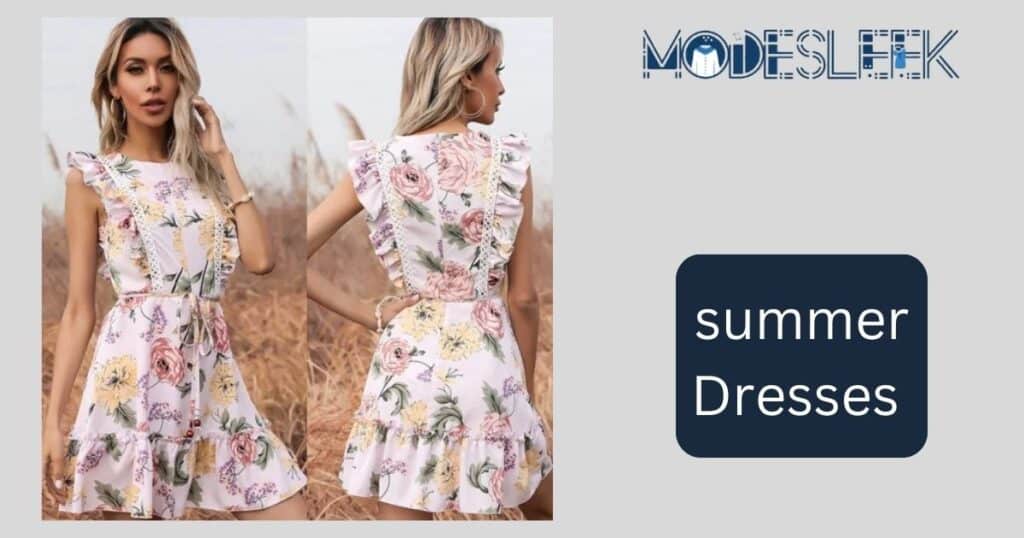
For summer events, light fabrics like cotton, linen, and chiffon are ideal. Summer dresses often feature sleeveless or off-the-shoulder designs to help keep you cool. Bright colors, bold patterns, and floral designs dominate summer fashion trends, making them perfect for wedding guest dresses or vacation dresses.
- Beach Weddings:
- A flowy maxi dress or a midi-length dress works well for beach weddings. Light colors like pale pink, blue, or yellow are perfect choices. These dresses are stylish and practical. They allow freedom of movement and keep you cool in the sun.
- Casual Summer Parties:
- For casual summer parties or backyard barbecues, a knee-length sundress is ideal. Choose vibrant patterns for a stylish look. This combination offers comfort and flair.Pair it with sandals or espadrilles for a laid-back yet polished look.
Autumn Dresses
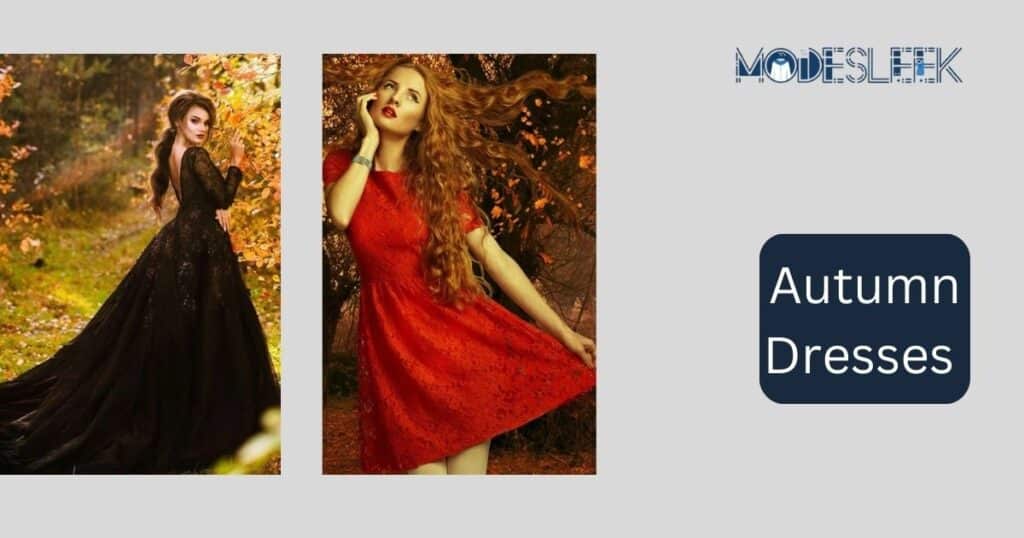
Autumn dresses are usually made from slightly heavier fabrics like wool blends, velvet, or satin. Rich colors like deep burgundy, emerald green, and mustard yellow dominate fall fashion trends, and these shades are perfect for fall weddings, holiday parties, or formal galas.
- Fall Weddings: Floor-length dresses or midi dresses in darker colors are perfect for fall weddings. Add a shawl or a tailored jacket for warmth and style.
- Holiday Parties: For formal holiday parties, a velvet cocktail dress or a floor-length gown in jewel tones like sapphire or ruby will make a chic statement.
Winter Dresses
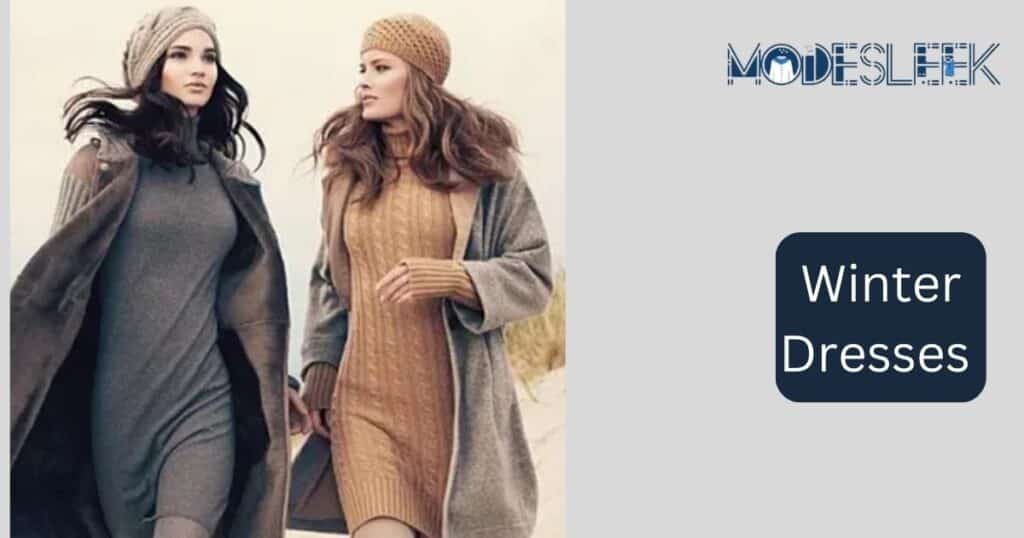
For winter events, staying warm while looking fashionable is key. Winter dresses are often made from heavier fabrics like velvet, wool, or satin to provide warmth while still being stylish. Dark, rich colors like black, navy, and burgundy dominate winter fashion, making these shades perfect for formal events or cocktail parties.
- Black-Tie Events: For winter black-tie events, opt for a floor-length velvet gown paired with a faux fur stole or a tailored coat for added warmth.
- Winter Weddings: A long-sleeved gown made from satin or velvet is perfect for a winter wedding. Pair it with high-heeled boots and a statement necklace for a look that’s both chic and functional.
| Season | Best Fabrics | Ideal Dress Styles |
|---|---|---|
| Spring | Chiffon, silk, lace | Midi dresses, floral prints |
| Summer | Cotton, linen, chiffon | Sleeveless dresses, bright colors |
| Autumn | Velvet, satin, wool blends | Floor-length dresses, rich colors |
| Winter | Velvet, wool, satin | Long-sleeved gowns, dark colors |
Accessory Coordination for Occasion Dresses
The right accessories can elevate your occasion dress and complete the look. Choosing the right footwear, handbag, and jewelry can make all the difference in how polished and cohesive your outfit looks.
Footwear Choices
Your choice of footwear can either enhance or detract from your overall look. Here’s a guide on how to choose the right shoes based on the occasion:
- High Heels: High heels are often paired with formal gowns or semi-formal dresses. They elongate the legs and give you a polished, sophisticated look. Stilettos or pumps are ideal for black-tie events, cocktail parties, and red carpet events.
- Flats: For more casual events or if comfort is a priority, stylish flats or sandals can be a great alternative to heels. They pair well with midi dresses, knee-length dresses, and sundresses for summer weddings, baby showers, or casual parties.
- Boots: In the fall and winter, ankle or knee-high boots can add both style and practicality to your outfit. Pair heeled boots with a midi dress or a winter gown for a look that’s both chic and cozy.
| Occasion | Recommended Footwear |
|---|---|
| Cocktail Party | Stilettos, pumps |
| Summer Wedding | Strappy sandals, wedges |
| Black-Tie Event | High heels, stilettos |
| Casual Party | Flats, espadrilles |
| Winter Wedding | Heeled boots, closed-toe pumps |
Fashion Accessories
- Jewelry: When it comes to jewelry, less is often more. For formal events like a black-tie gala, opt for subtle yet elegant pieces like diamond earrings, a tennis bracelet, or a simple pendant necklace. For cocktail events, you can be a bit bolder with statement necklaces or chandelier earrings.
- Handbags: A small clutch or a stylish handbag is essential for carrying your essentials without overpowering your dress. Here are your points in short sentences:
- Formal Occasions:For formal occasions, opt for a metallic or embellished clutch. It adds elegance to your outfit.
- Casual Events:For casual events, a small crossbody bag or a simple leather handbag is ideal. It offers convenience without sacrificing style.
- Scarves and Shawls:In colder weather or at outdoor events, use a silk scarf or cashmere shawl. They add style and warmth to your look.
Hair and Makeup
- Formal Events: For formal occasions, polished updos, soft waves, or sleek ponytails work best. Makeup should be refined, with bold lips or smoky eyes to match the dress’s formality.
- Casual Events: For casual gatherings like a baby shower or a birthday party, loose curls or a relaxed bun paired with natural, glowing makeup will keep you looking stylish yet comfortable.
FAQs
What is the difference between occasion dresses and everyday dresses?
Occasion dresses are specifically designed for special events and often feature more elegant designs, fabrics, and embellishments. In contrast, everyday dresses are typically more casual and comfortable for daily wear.
How do I choose the right dress for a wedding?
Consider the wedding’s dress code, venue, and season. For formal weddings, opt for floor-length gowns or elegant cocktail dresses. For casual or outdoor weddings, knee-length or maxi dresses in light colors are suitable.
Are there specific colors I should avoid for occasion dresses?
Yes, avoid wearing white, ivory, or cream to weddings, as these colors are traditionally reserved for the bride. It’s also best to steer clear of overly casual colors or prints for formal events.
Can I wear the same occasion dress to different events?
Absolutely! With the right styling and accessories, you can wear the same dress to various events. Changing your shoes, bag, and jewelry can create a completely different look.
What types of fabrics are best for summer occasion dresses?
Lightweight fabrics like cotton, linen, chiffon, and rayon are ideal for summer occasion dresses. They provide comfort and breathability, keeping you cool in warmer weather.
Conclusion
Selecting the right occasion dress requires a balance of understanding the event’s dress codes, the season, and the formality, all while staying true to your personal style. Whether you’re attending a formal gala, a wedding, or a cocktail event,
your dress should make you feel confident and appropriate for the occasion. Accessories, footwear, and personal touches like hair and makeup further elevate your look, ensuring that you’ll be dressed perfectly for any event.

Lily Rose is an experienced website content writer with over 5 years of expertise in crafting engaging and informative content. She runs her personal blog, sportrevup.com, where she shares insights and updates on a variety of topics. Lily is dedicated to delivering high-quality content that captivates and informs her readers.

